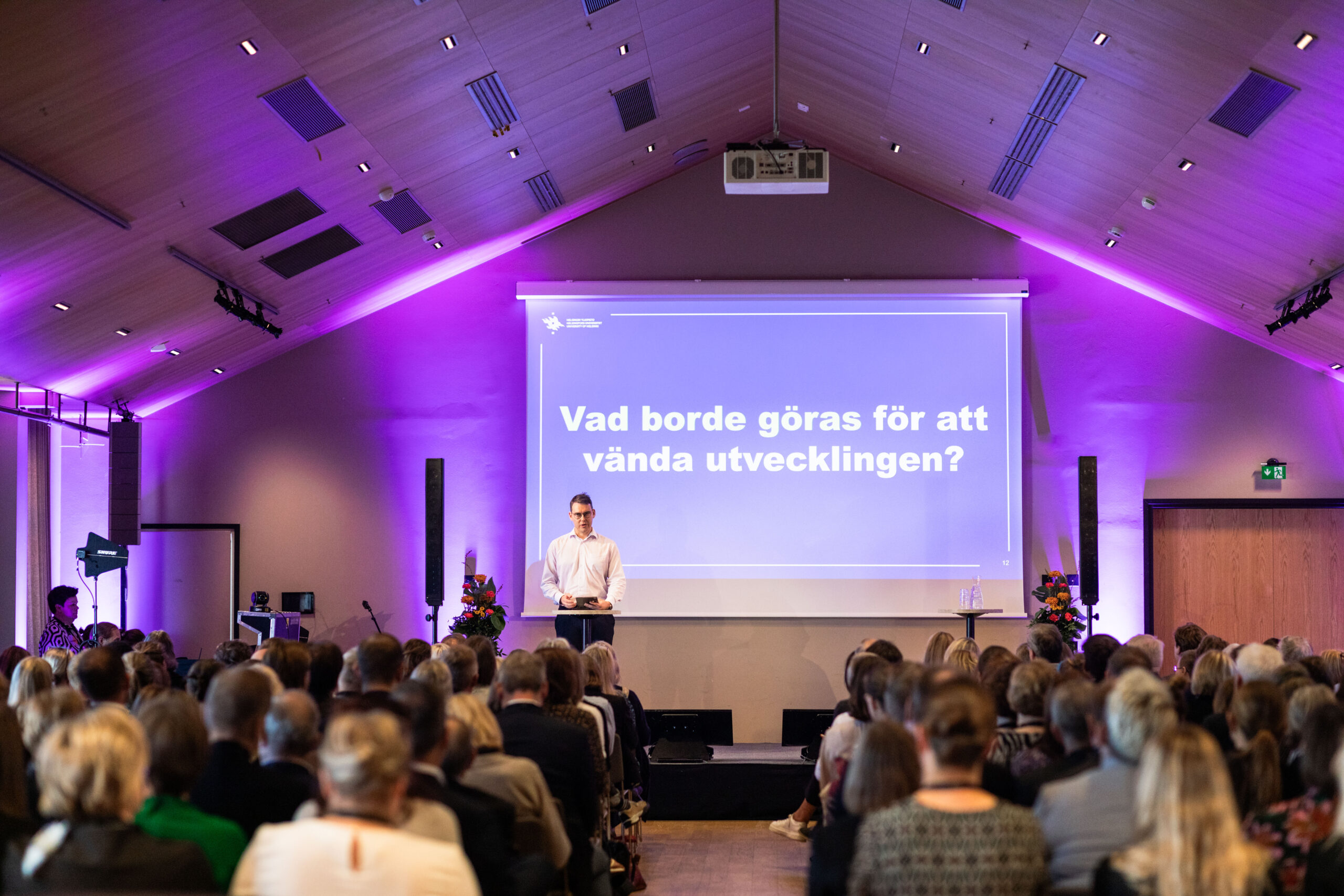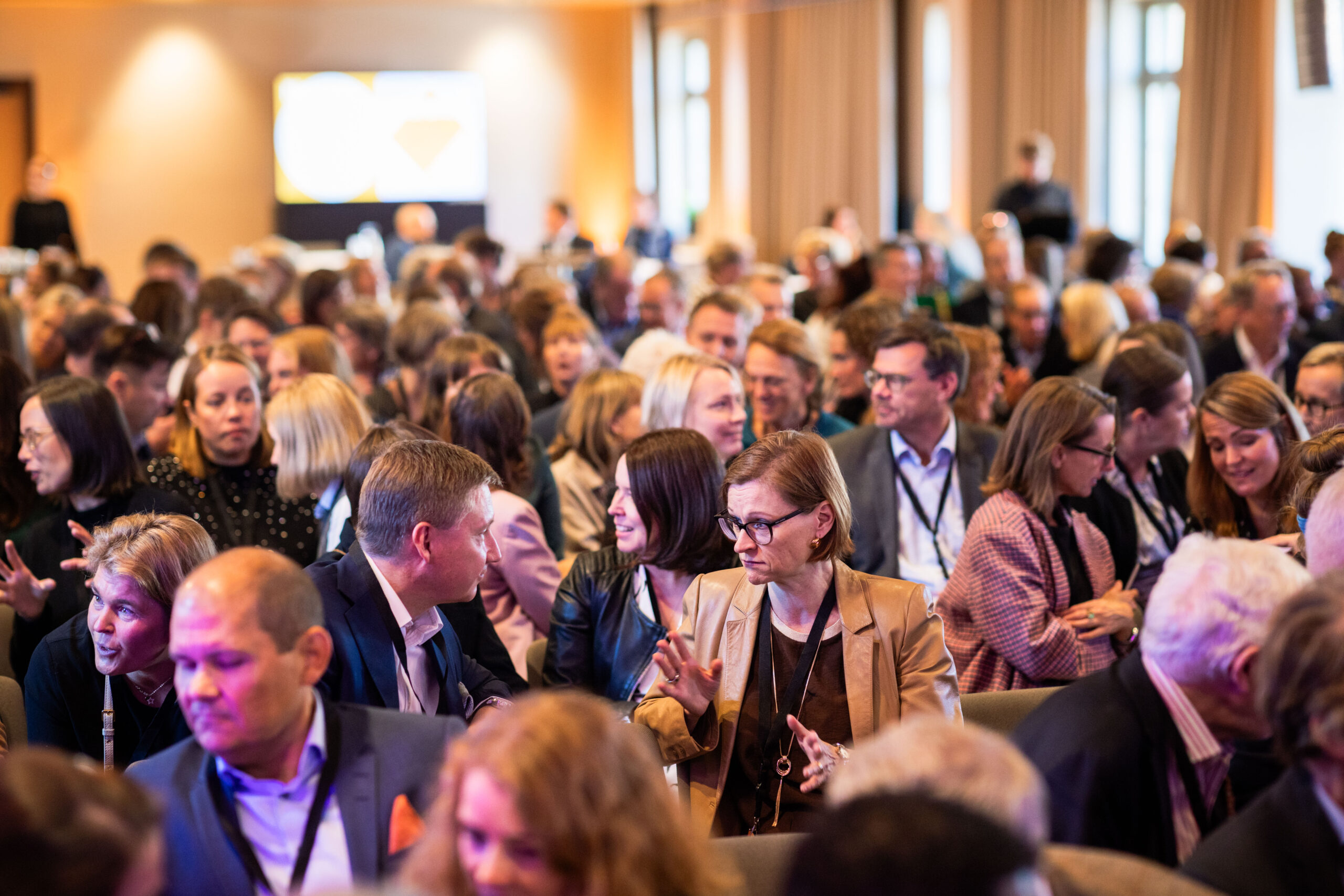Nordiska Stiftelsekonferens: How Can Foundations Counter Polarization?
Nordic Foundations Conference examined social polarization from several perspectives. Polarization — the growing fragmentation of societies—has been on the rise in Europe since the Global Financial Crisis. It has contributed to the growth of populist parties, declining trust in democratic institutions, and stalled policymaking in several countries.

Photo: Frida Lönnroos
Although the Nordic countries are often regarded as among the most stable societies in the world, they too have experienced the dangers of extreme polarization, reminded MP and former Finnish Minister of Foreign Affairs Pekka Haavisto in his keynote at the conference.
“A little more than a century ago, Finland went through a civil war that claimed nearly 40,000 lives,” Haavisto said. “That is what polarization can lead to.”
Polarization was the central theme of the ninth annual Nordiska stiftelsekonferens, held in Helsinki on 25–26 September. More than 100 foundations from across the Nordic region gathered to discuss ways to ease polarization.
We need to create safe spaces where people can meet and speak to each other respectfully.
Pekka Haavisto
According to Haavisto—who has worked as a UN Special Representative in Sudan and Darfur, mediating peace processes—the key to countering polarization is respect.
“We need to create safe spaces where people can meet and speak to each other respectfully. If a person—for example, a migrant—doesn’t expect to be treated properly, they won’t show up, and respect will never be built.”
Listen to the Residents
Listening is equally crucial, emphasized researcher Oscar Rönnberg from the University of Helsinki, who studies neighborhood polarization in Finland and Sweden. He highlighted the role of middle-class attitudes in shaping community divides.
If we want to improve these areas, we need to ask the residents themselves about their needs and wishes.
Oscar Rönnberg
“Many stigmatized neighborhoods actually have a lot to offer middle-class families: good housing, nature, and services. But if an area is perceived as unsafe or troubled, the middle class avoids it.”
The typical approach has been to “fix” disadvantaged neighborhoods with solutions designed by outsiders. But this, Rönnberg argued, is where real listening should happen.
“If we want to improve these areas, we need to ask the residents themselves about their needs and wishes.”

Listening, however, is not always easy. Marginalized groups often don’t respond to surveys or attend community meetings. To address this, Rönnberg and his team conducted door-to-door interviews with over 800 residents in the Helsinki suburb of Kontula.
Foundations in a Unique Position
Polarized issues often involve a wide range of actors: researchers, public officials, grassroots organizations, and activists. Foundations have a unique role in bringing these groups together, argued researcher and activist Amos Wallgren from the University of Helsinki in his talk on climate activism and the right to protest.
Government cutbacks are threatening civil society as we speak. Foundations can fund both activists and research.
Amos Wallgren
“Government cutbacks are threatening civil society as we speak. Foundations can fund both activists and research,” Wallgren said. “There can be different approaches even within the same project.”
The importance of supporting research on polarizing issues was also stressed by Jasmine Kelekay, Assistant Professor at Howard University.
“I’m studying racism. Topics like this are often seen as biased, which makes funding difficult to secure. We need foundations to step in and earmark support for antiracist work.”